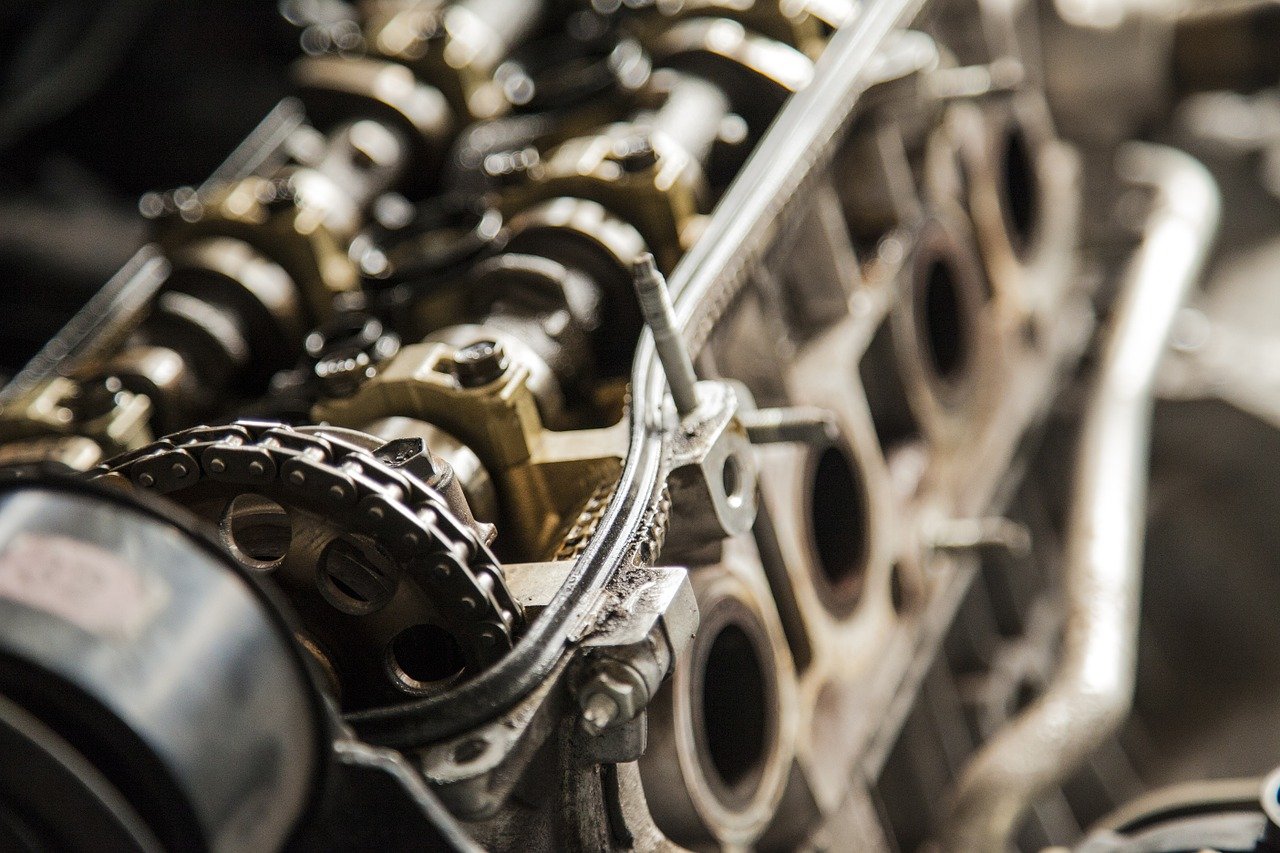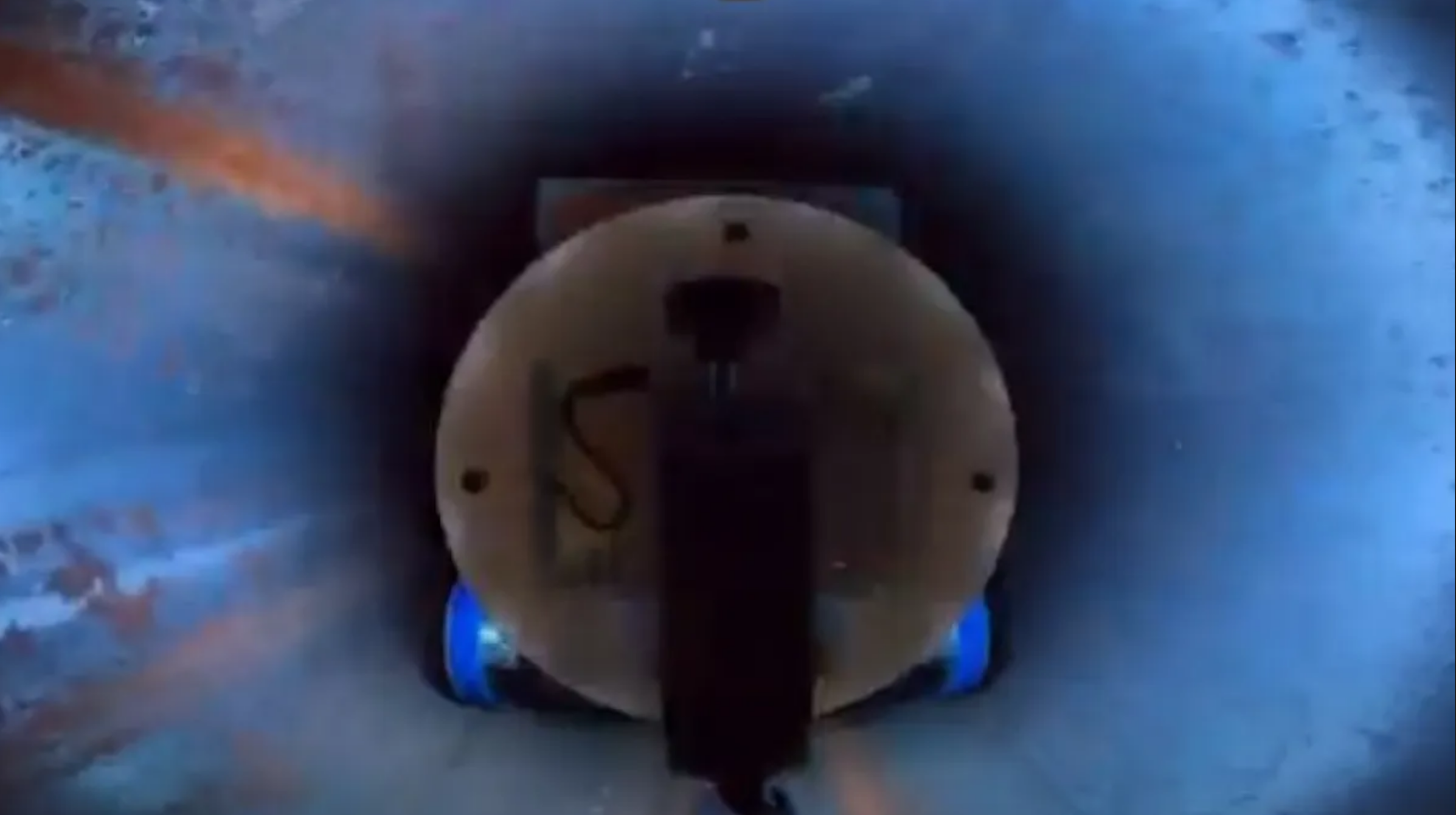Roots-style superchargers aren’t anything new in the industrial world. They are used in internal-combustion engines to increase power, inside blast furnaces to blow air and many others.
Moreover, root blowers are also inexpensive, simple, and durable. But, given that internal-combustion engines are on the way out, does it mean that roots’ days are numbered?
Eaton, a company specializing in power management solutions, don’t think so. The company already produced some of the best superchargers and now wants to use that knowledge for fuel-cell vehicles. Specifically, they plan on using blowers to increase efficiency.
But let’s first explain the basics of how fuel cells work. Essentially, they combine hydrogen with oxygen from the air to create electricity. It’s the opposite process of electrolysis. Thus, hydrogen vehicles are essentially EV’s. However, instead of batteries, they utilize hydrogen, stored in tanks at very high pressures.
According to Eaton, Roots superchargers can increase the amount of oxygen that enters the fuel-cell stack. Just like in internal-combustion engines, more oxygen means more power.
Currently, Eaton produces two models. The TVS R340 is designed for 75-kW fuel-cell modules, which are usually employed in light-duty passenger cars. Meanwhile, TVS R410 is best-suited to 150-kW fuel-cell modules for commercial buses and medium-duty automobiles.
Each blower features 4-lobed involute profile rotors with 160˚ helical twist and positive pressure seals to limit oil entering the air stream. Both supercharger models use electric motors to create a boost. The smaller version has a 300-volt, while the larger has a 450-volt DC motor attached to the housing.
Furthermore, Eaton says that its Roots-style superchargers have significant advantages over twin-screw compressors. Noise reduction is one such quality, which might prove to be very important in near-silent hydrogen-electric vehicles. Also, Eaton’s blowers produce less heat and provide a larger efficiency window than centrifugal compressors.
Currently, the company sells its superchargers to manufacturers of hydrogen buses. However, soon they want to start collaborating with car manufacturers. A potential suitor is Toyota, which uses a Roots-style supercharger in the Mirai. However, Honda and Hyundai, who use centrifugal compressors, might also find Eaton’s superchargers useful.






